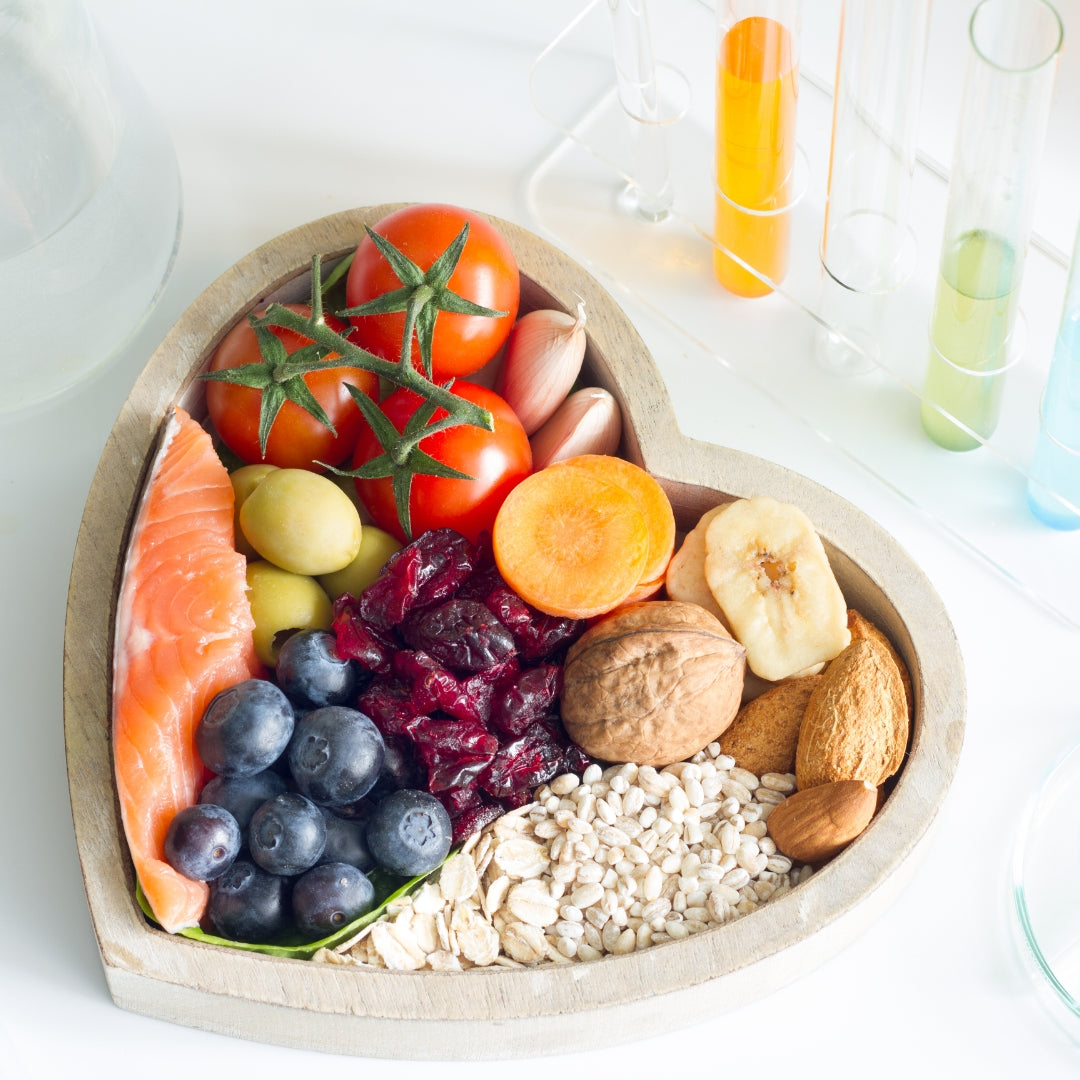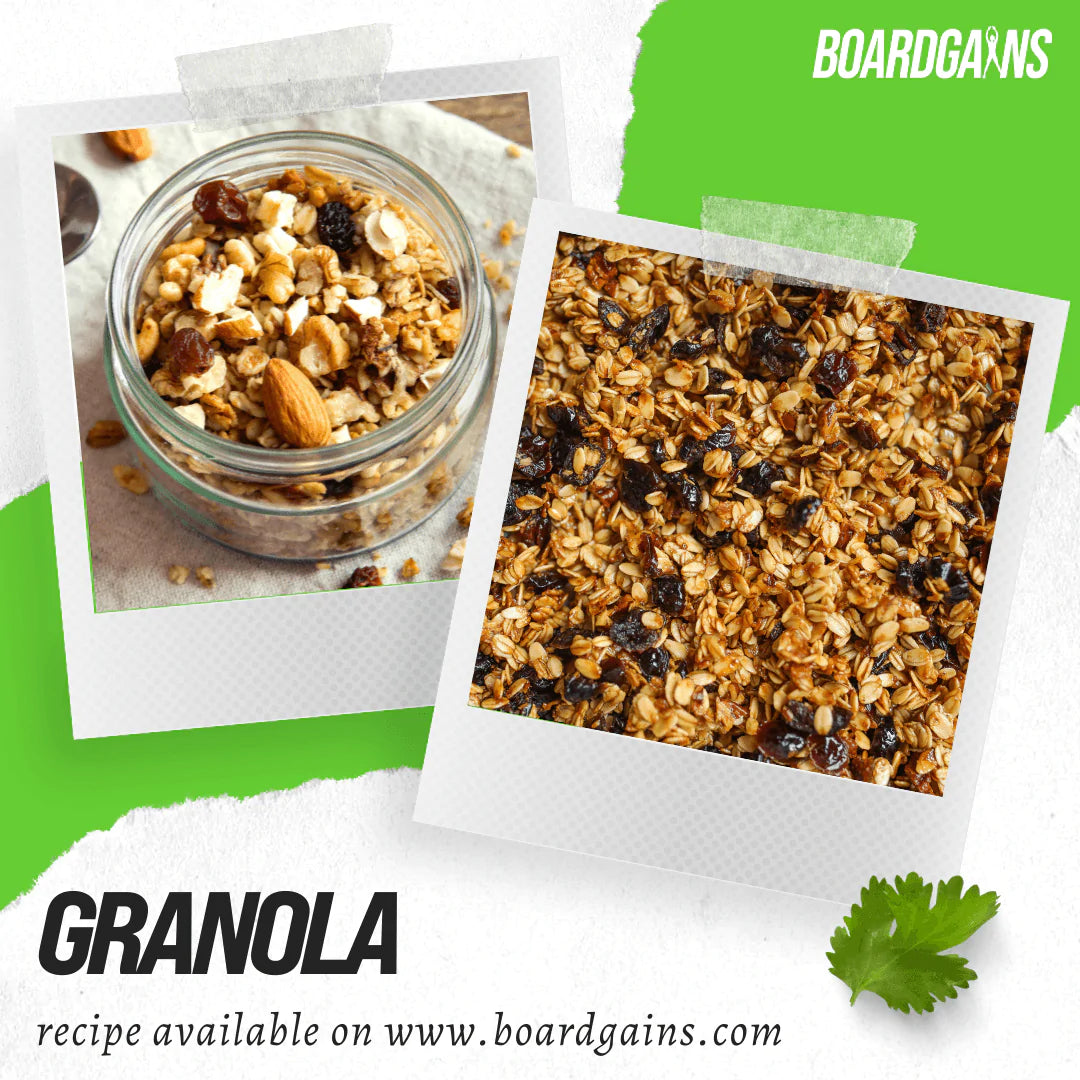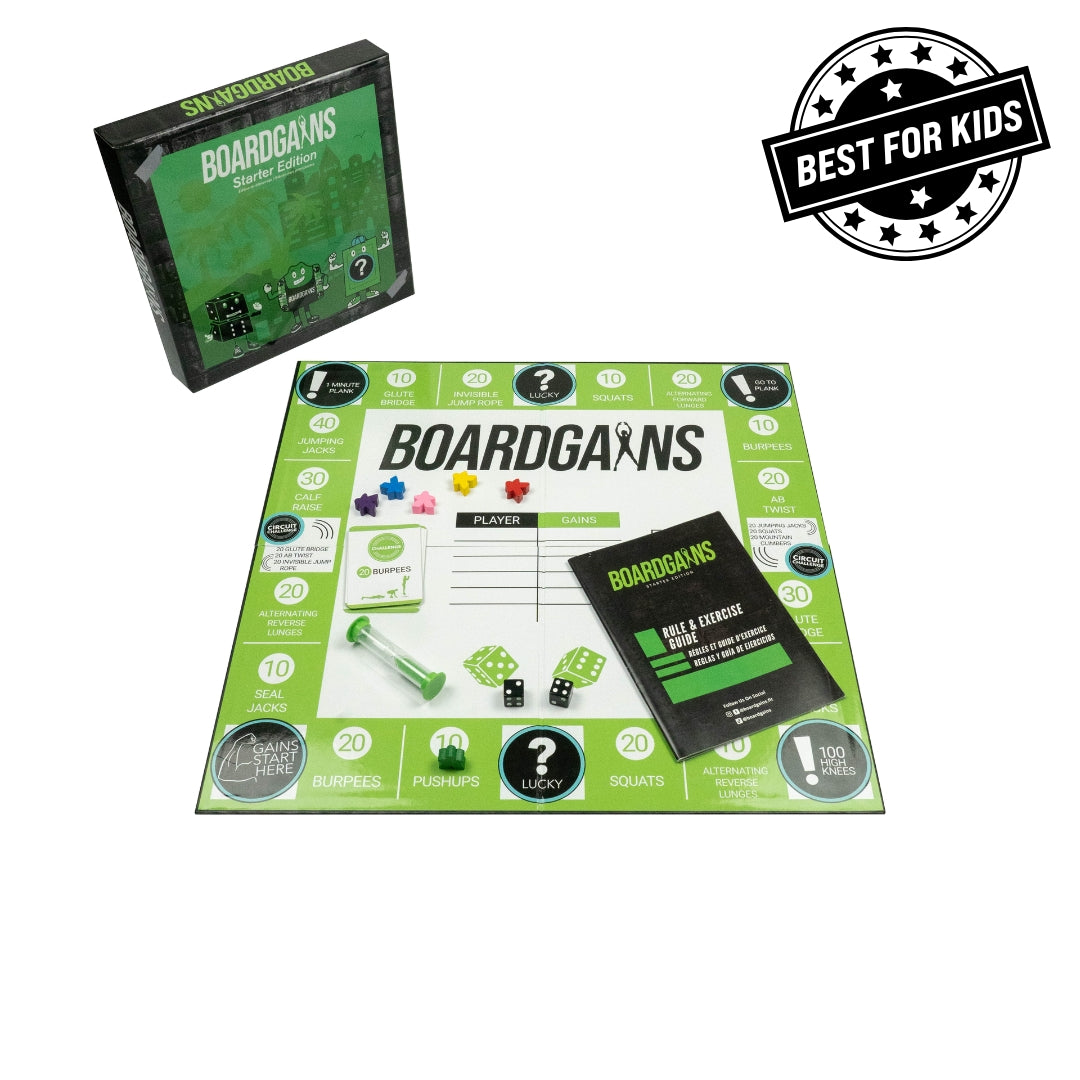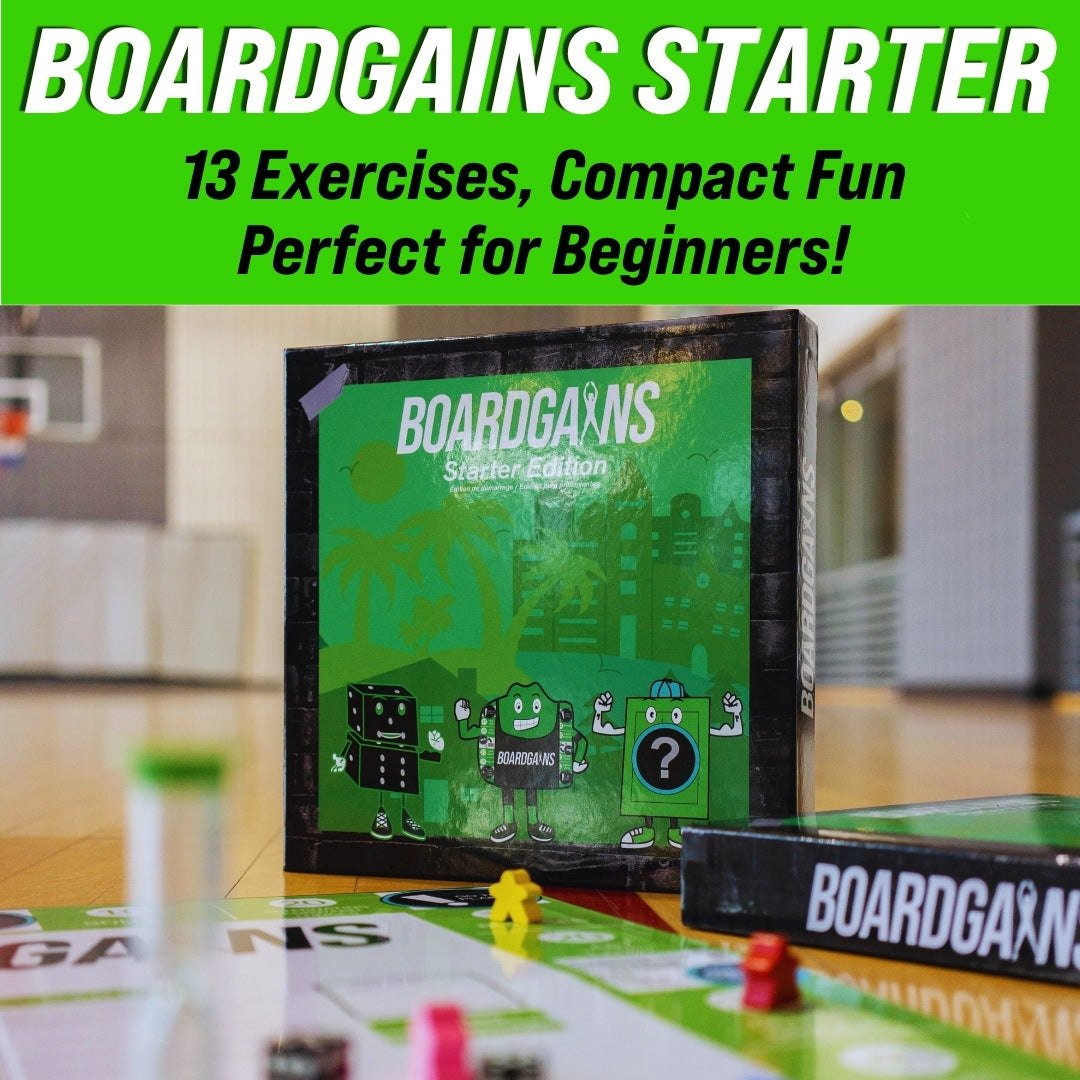Healthy Eating Habits for Busy Students: Easy Tips, Benefits, and Protein-Packed Recipes
Introduction
In today’s fast-paced world, students are busier than ever. Between classes, extracurricular activities, and social obligations, finding time to focus on healthy eating can be challenging. As a parent, you want to ensure your child is not just staying active but also fueling their body and mind with the right nutrients. Proper nutrition is essential for their academic success, athletic performance, and overall well-being. In this guide, we’ll discuss the importance of healthy eating, explore its benefits, and offer practical tips and protein-packed recipes to help your busy student stay nourished, energized, and ready to take on whatever the day throws at them.
Why Healthy Eating Matters for Busy Students
Healthy eating is more than just avoiding junk food; it’s about providing your child with the necessary nutrients to support their growing bodies and minds. Here’s why it’s crucial:
-
Boosts Academic Performance: Proper nutrition, especially a diet rich in proteins, healthy fats, and complex carbohydrates, plays a significant role in brain function. Omega-3 fatty acids found in fish, for example, are linked to improved cognitive function and memory. Students who eat a balanced diet are more likely to concentrate better, retain information, and perform well in tests.
-
Supports Physical Health: Whether your child is involved in sports or just enjoys playing outside, their bodies need the right fuel. Proteins are the building blocks of muscles, and getting enough protein can help in muscle repair and growth, which is especially important for active students. Additionally, a diet rich in fruits and vegetables provides essential vitamins and minerals that keep the immune system strong.
-
Regulates Energy Levels: Ever notice how some meals make you feel sluggish while others keep you energized? That’s because the right combination of foods can help maintain stable blood sugar levels, preventing the dreaded afternoon energy crash. Complex carbs, fiber, and proteins work together to keep energy levels consistent throughout the day.
-
Promotes Mental Well-Being: The food your child eats doesn’t just affect their physical health—it impacts their mental health too. A balanced diet helps regulate mood, reduce stress, and improve overall mental well-being. Foods rich in vitamins and minerals, such as leafy greens, nuts, and seeds, are particularly beneficial for maintaining a positive mood and reducing anxiety.
Practical Tips for Maintaining Healthy Eating Habits
Now that we’ve established the importance of healthy eating, let’s look at some practical tips to help your student maintain good eating habits, even with a hectic schedule:
-
Plan Ahead: Meal planning is key. Take some time over the weekend to plan and prepare meals and snacks for the week. This not only saves time but also ensures that your child has healthy options readily available.
-
Pack Balanced Lunches: Include a mix of protein, complex carbs, and healthy fats in your child’s lunch. Think whole-grain sandwiches with lean meats, wraps with grilled chicken, or a quinoa salad with mixed veggies. Adding fruits like apples or berries and a small portion of nuts or seeds can make a big difference.
-
Healthy Snacking: Stock up on healthy snacks like yogurt, nuts, cheese sticks, or cut-up vegetables with hummus. These options are not only easy to grab but also packed with nutrients to keep your child full and focused.
-
Involve Your Child: Get your student involved in the meal planning and preparation process. This encourages them to make healthier choices and teaches them valuable skills they can use throughout their lives.
-
Stay Hydrated: Don’t forget the importance of hydration. Encourage your child to drink plenty of water throughout the day. Sometimes, what feels like hunger is actually thirst.
-
Set a Good Example: Children often emulate their parents’ habits. By prioritizing healthy eating in your own life, you set a positive example for your child to follow.
Quick and Nutritious Protein-Packed Recipes
To help you get started, here are a few simple, protein-rich recipes that are perfect for busy students:
1. Turkey and Avocado Wraps
-
Ingredients:
- Whole wheat tortillas
- Sliced turkey breast
- Avocado slices
- Spinach leaves
- Mustard or hummus
-
Instructions:
- Lay out a tortilla and spread mustard or hummus evenly.
- Layer spinach, turkey slices, and avocado on top.
- Roll up the tortilla tightly, slice in half, and serve.
Benefits: This wrap is packed with protein from the turkey and healthy fats from the avocado, making it a satisfying and nutritious option for lunch or a quick snack.
2. Greek Yogurt Parfait
-
Ingredients:
- Plain Greek yogurt
- Fresh berries (blueberries, strawberries, etc.)
- Granola
- Honey or maple syrup (optional)
- 1/2 scoop vanilla protein
-
Instructions:
- In a bowl or jar, layer Greek yogurt, berries, and granola.
- Drizzle with honey or maple syrup if desired.
- Repeat the layers and top with a few more berries and a sprinkle of granola.
Benefits: Greek yogurt is an excellent source of protein, and the berries add antioxidants and vitamins. This parfait is perfect for breakfast or an afternoon pick-me-up.
3. Quinoa and Black Bean Salad
-
Ingredients:
- Cooked quinoa
- Black beans (rinsed and drained)
- Corn kernels
- Diced tomatoes
- Chopped cilantro
- Lime juice
- Olive oil
- Salt and pepper to taste
-
Instructions:
- In a large bowl, combine the quinoa, black beans, corn, tomatoes, and cilantro.
- Drizzle with lime juice and olive oil.
- Season with salt and pepper, then toss everything together until well mixed.
- Optional: Have with a side of protein source (Chicken, fish, etc)
Benefits: This salad is not only protein-packed but also loaded with fiber, making it a great option for lunch or a light dinner that will keep your child full and energized.
Conclusion
Healthy eating is an essential part of a busy student’s life, providing the energy, focus, and nutrients needed to excel in both academics and sports. As a parent, you have the power to guide your child’s eating habits by planning ahead, packing balanced meals, and encouraging healthy snacks. By focusing on nutrition, you can help your student not only survive their hectic schedule but thrive in it.
Remember, it’s not about being perfect; it’s about making better choices consistently. With the tips and recipes provided, you’re well on your way to ensuring your child stays healthy, happy, and ready to conquer whatever challenges come their way.









Leave a comment
This site is protected by hCaptcha and the hCaptcha Privacy Policy and Terms of Service apply.